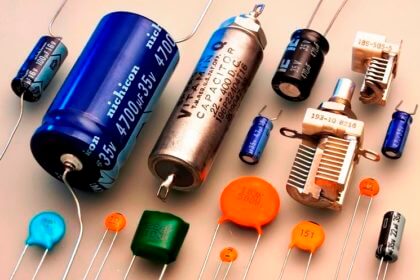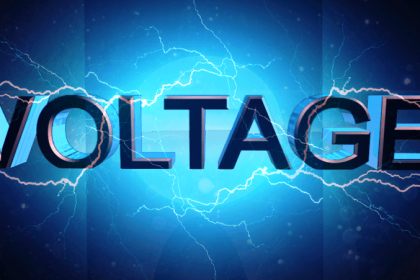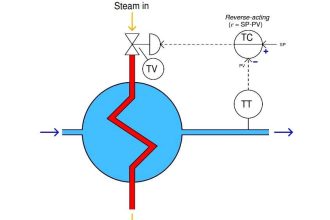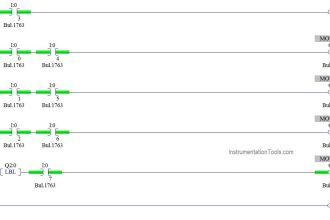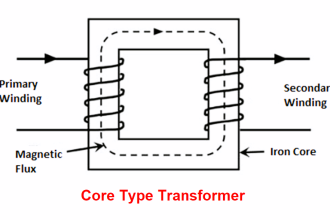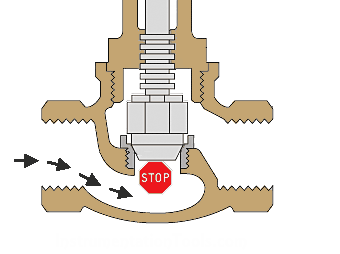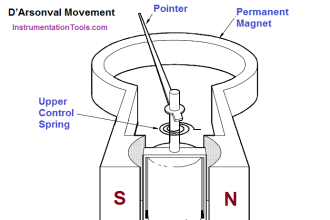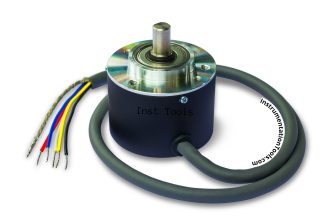- There will be no flow in the zero sequence currents
- In ungrounded or isolated neutral system there will be little interference with the communication lines because of the absence of zero sequence currents
- In case of single line to ground fault or one phase becoming earthed, the voltages of the remaining two phases to the earth raise from normal phase to neutral voltage to full line value ((3)1/2times their normal value). This causes the stress on the insulation on all the machines and equipment connected to the system. The voltage rise of a phase above earth is sustained and thereby insulation failure is likely to occur on connected machines.
- The capacitance currents in the two healthy phases increases to ((3)1/2) times their normal values
- The capacitance currents in the faulty phase becomes 3 times the normal value
- For operation of the protective device it is necessary that magnitude of current supplied should be adequate to operate them. In the case of earth fault of an isolated neutral or ungrounded systems, the fault current may be too small to actuate the protective devices. Thus in ungrounded system the earth fault relaying is more complicated
- The over voltages due to induced static charges are not discharged to the ground in an isolated neutral system. The voltage due to lightning surges do not find path to earth
- The danger to the equipment on the occurrence of line to line ground fault is appreciable and danger to the life in the proximity of the fault is often prolonged
- A capacitive fault current flows into the earth. Such a current if exceeds 4-5 amperes is sufficient to maintain an arc in the ionized path of the fault, even though the medium causing the fault has cleared itself. The persistence of the arc due to the flow of capacitance currents gives rise to condition known as “Arcing Grounds” in which cyclic charging and discharging of the system capacity through the fault results in high frequency oscillations superimposed on the whole system and build up of very high voltage can occur. This results in phase voltage to rise to 5 to 6 times of normal voltage. The buildup of high voltage may result in insulation breakdown
